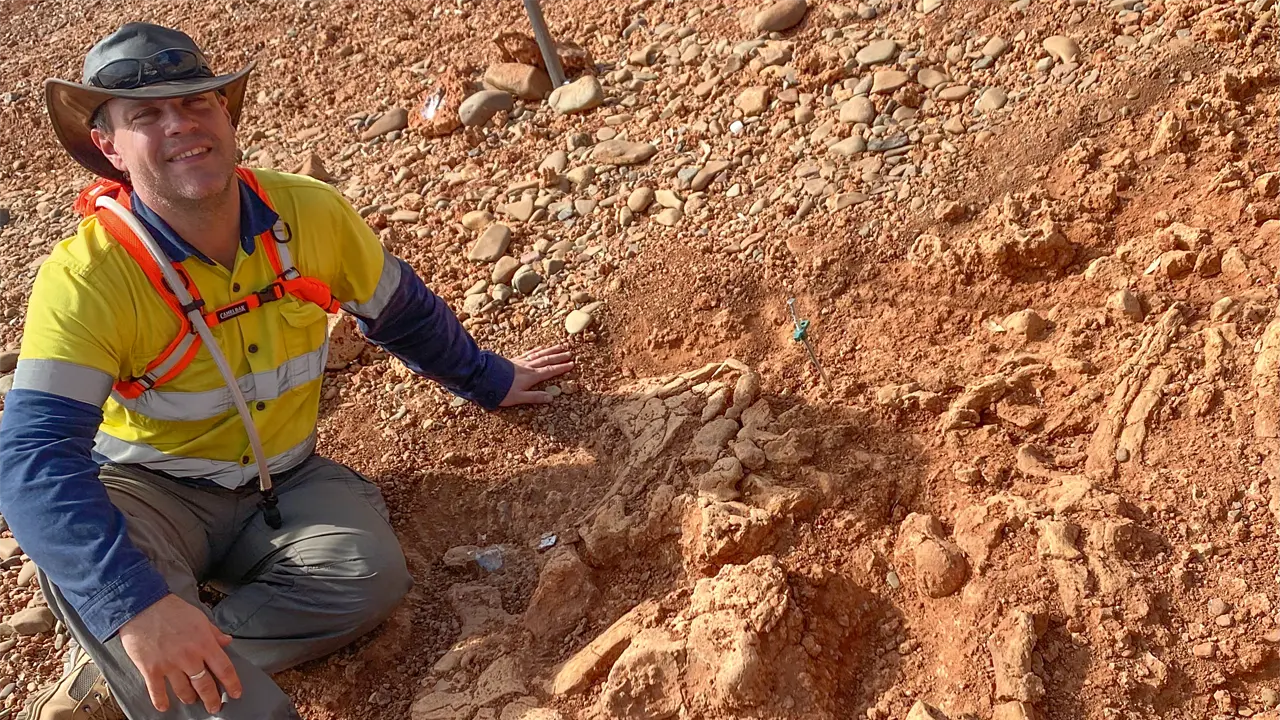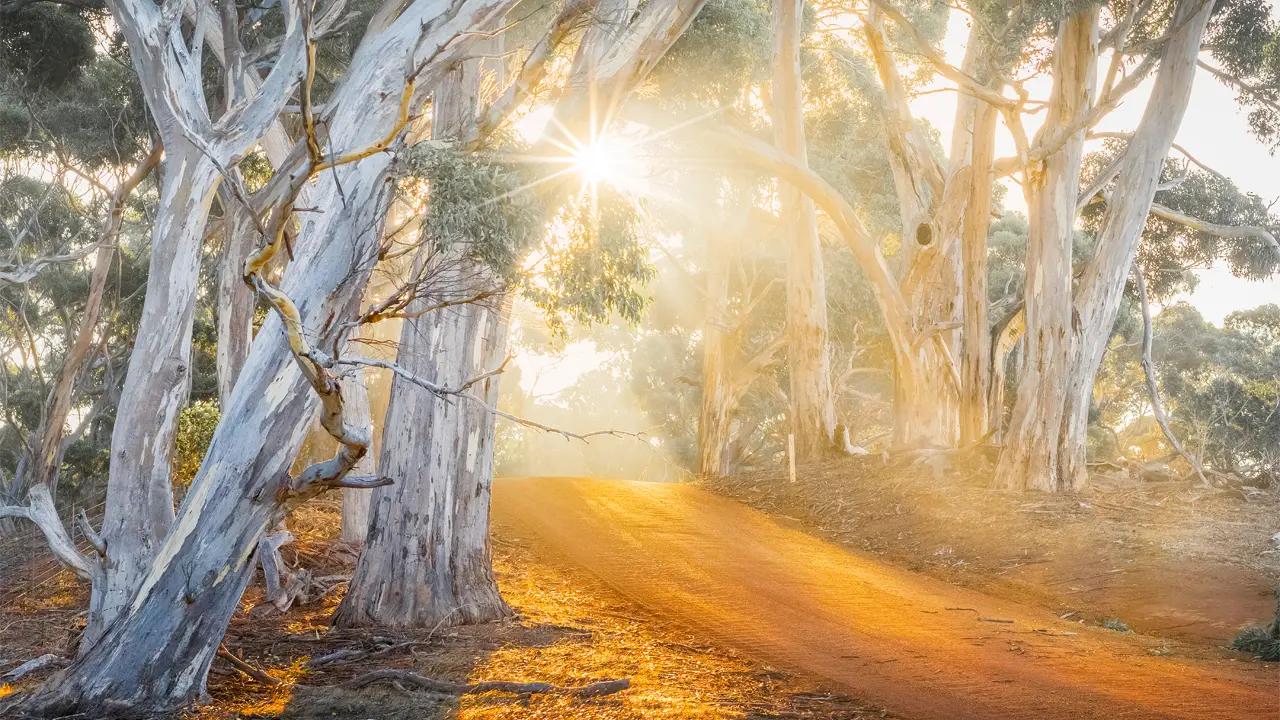An ever-growing beauty – with roots going back to 1880 – is being tended by its fourth generation of gardeners.
Story By Kim Woods Rabbidge
A sweeping, tree-lined entrance provides the first hint of an enchanting, cool-climate garden complementing the late Victorian-style Devon House, at Dundee, in northern New South Wales. Maria Louisa, the great-grandmother of current owner Liz Chappell, would surely be delighted: the elm cuttings she planted around 1880 have grown into grand sentinels, and just across the river are three remnant Lombardy poplars that once flanked a slab hut, where she and her husband John Robert Chappell – a wool classer and cedar cutter – lived when they took up a land grant in 1864. The site was selected because of the clear, free-flowing Severn River, which was ideal for their wool-scouring operation. Washed wool was transported by bullock dray down the range to Grafton, and then loaded onto ships destined for England.
Today, the river is a focal point of the garden, which Liz and her husband Elton Squires have been re-building and extending since 1991. The view only became a feature after they removed old hedges, ensuring unimpeded vision across the water, where another 30 poplars will soon be planted to accompany the three originals. “Past the river are some of the 6000 eucalypts we’ve also added,” Liz says. “So many trees had succumbed to dieback in the 1970s; there wasn’t enough shelter and habitat.”
The once-degraded riverbank has been stabilised with natives, as well as multi flora and pink carpet roses nearer the garden. “The mantle of acacias and callistemons softens the vista and it’s in harmony with the landscape,” Elton says.?To insulate from winds, and –16-degree Celsius nights, Liz’s grandmother planted hedges, including elaeagnus and euonymous, which continue to provide an added advantage of evergreen structure in winter. “I have photos from the late 1930s when the photinia hedge was a metre high,” Liz says. “During World War II, when my father and his brothers were in the army, there wasn’t manpower to keep it trimmed; now it’s about eight metres tall – more of a windbreak than a hedge.”
This story excerpt is from Issue #74
Outback Magazine: Dec/Jan 2011









